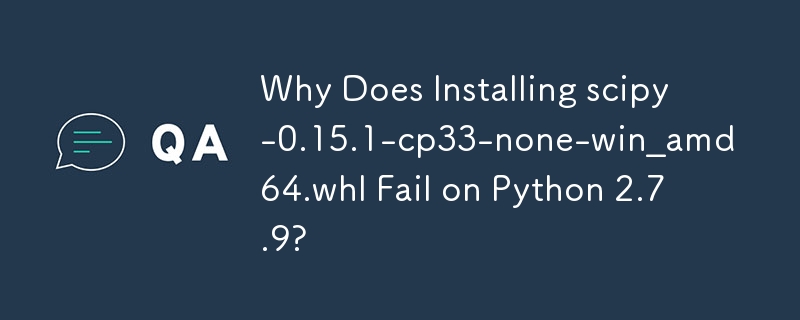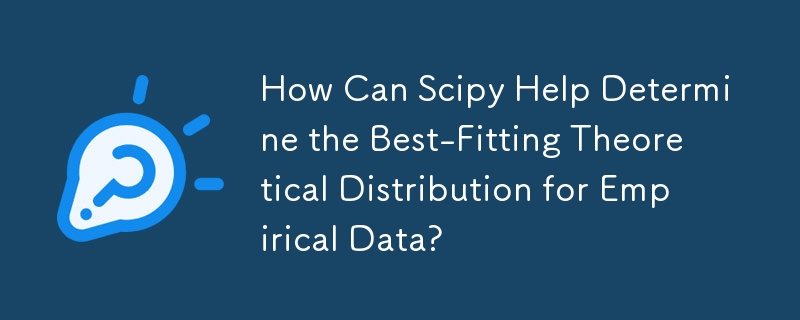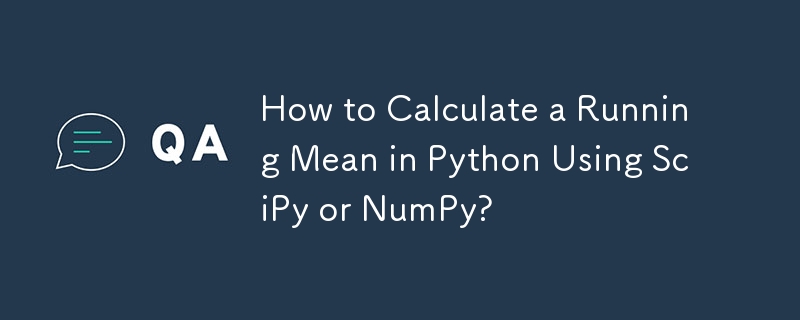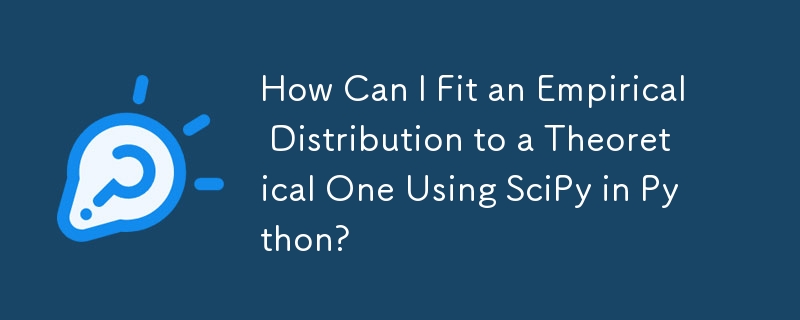Found a total of 10000 related content



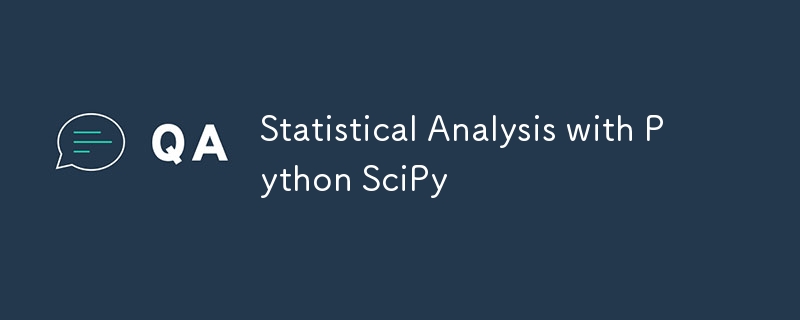
Statistical Analysis with Python SciPy
Article Introduction:SciPy is an important tool for statistical analysis using Python. 1. Installation and basic import requires first installing NumPy and SciPy and importing the scipy.stats module; 2. Common statistical testing methods include t-test, Mann-WhitneyU test, etc., which can be used to compare data group differences; 3. Distribution fitting can evaluate whether the data meets a specific distribution and calculate probability and density; 4. Correlation analysis supports Pearson and Spearman methods, which are used to explore the relationship between variables. Understanding the return value of the function is the key to correctly interpreting the results.
2025-07-17
comment 0
566
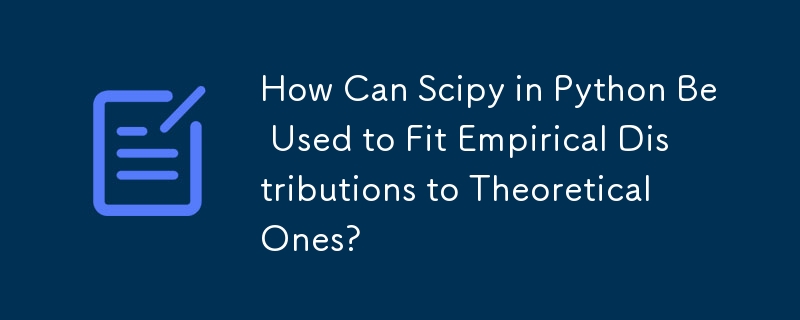

How Does Prominence Help in Peak Detection in Python Using SciPy?
Article Introduction:In Python, SciPy offers the find_peaks function for detecting peaks in data. The key parameter is prominence, which measures the peak's height relative to the surrounding data. Using a frequency-varying sinusoid, the article demonstrates how prominen
2024-10-22
comment 0
696
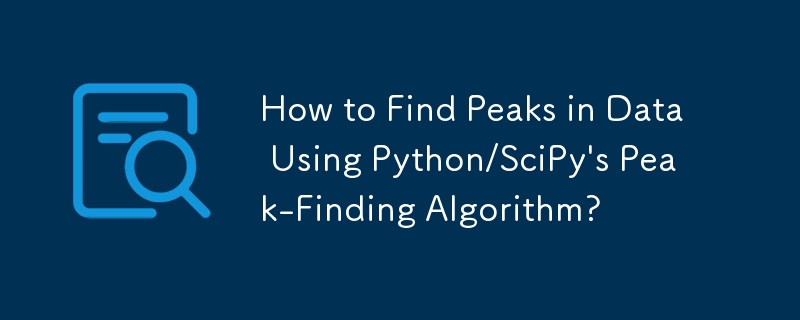
How to Find Peaks in Data Using Python/SciPy\'s Peak-Finding Algorithm?
Article Introduction:This article introduces the find_peaks function in SciPy for peak detection. It discusses the function's parameters like distance and width for controlling peak isolation, minimum peak amplitude, and peak width. Advanced parameters like height and pr
2024-10-22
comment 0
1426

Multi-column T-test using Pandas and SciPy
Article Introduction:This article describes how to use the Pandas and SciPy libraries to perform t-testing of multiple columns in a Pandas DataFrame simultaneously. With sample code, we show in detail how to perform t-tests on a specific group and provide solutions to generalize the method to more groupings. In addition, it is also reminded of issues that need to be paid attention to when conducting multiple comparisons and how to deal with multiple inspection problems.
2025-08-19
comment 0
738
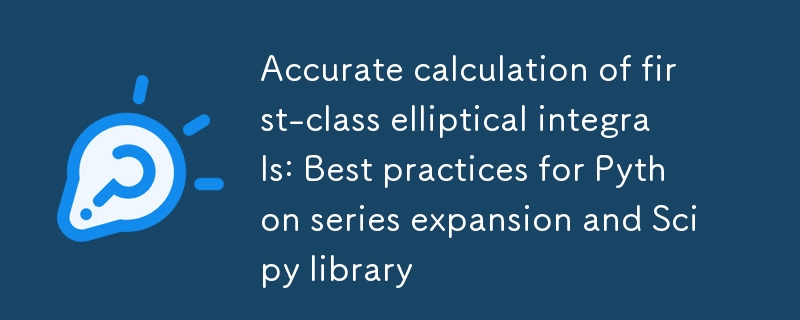
Accurate calculation of first-class elliptical integrals: Best practices for Python series expansion and Scipy library
Article Introduction:This article discusses in depth the correct comparison and optimization of series expansion method and Scipy library function ellipk when calculating the first type of ellipse integral in Python. The article points out a common confusion point, that is, mistakenly expanding the series of the first type of ellipse integral with the Scipy function of the second type of ellipse integral. At the same time, the tutorial details how to optimize the performance and numerical stability of series expansion by iteratively computing the previous item, and emphasizes the importance of using convergence criteria rather than fixed number of terms, ultimately providing clear sample code and result comparison.
2025-10-04
comment 0
708

Solve list subsets and problems using SciPy: Optimized cropping strategy based on Knapsack algorithm
Article Introduction:This tutorial explores how to select a subset from a list of objects with different "area" attributes to make its total area close to the target value while maximizing the number of objects retained. We model this problem as a 0/1 backpacking problem and use the milp function in the SciPy library to achieve efficient optimization, providing detailed code examples and explanations.
2025-09-11
comment 0
232
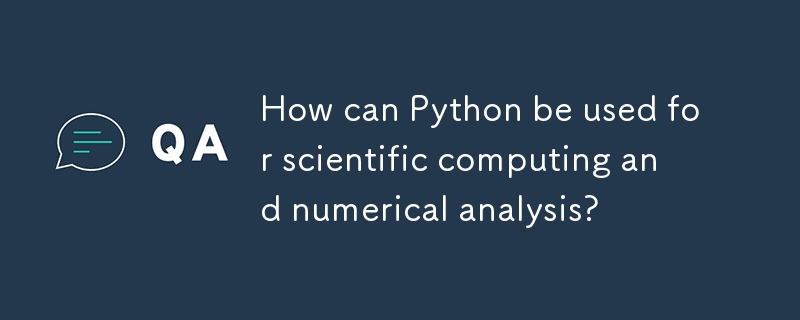
How can Python be used for scientific computing and numerical analysis?
Article Introduction:Pythonisapowerfultoolforscientificcomputingandnumericalanalysisduetoitsrichecosystem.1.CorelibrarieslikeNumPy,SciPy,andPandasprovideessentialfunctionalitiesforhandlingcomplexmathematicaltasksefficiently.2.InteractivetoolssuchasJupyterNotebookandIPyth
2025-06-18
comment 0
702





